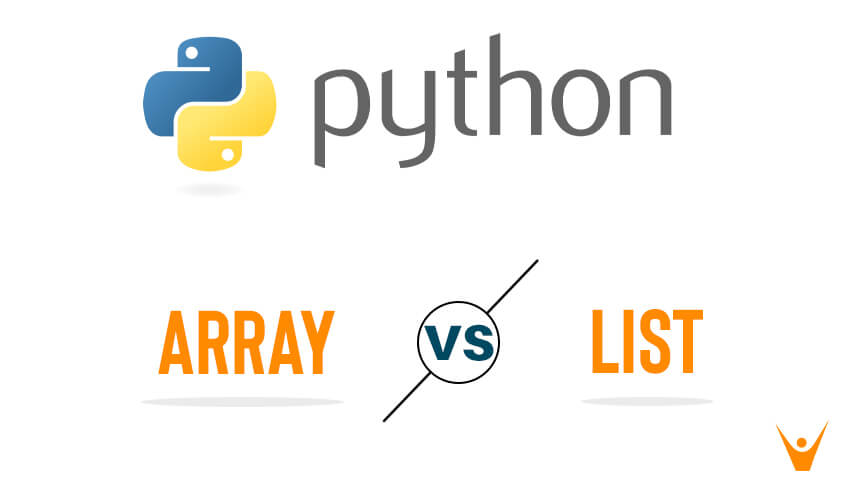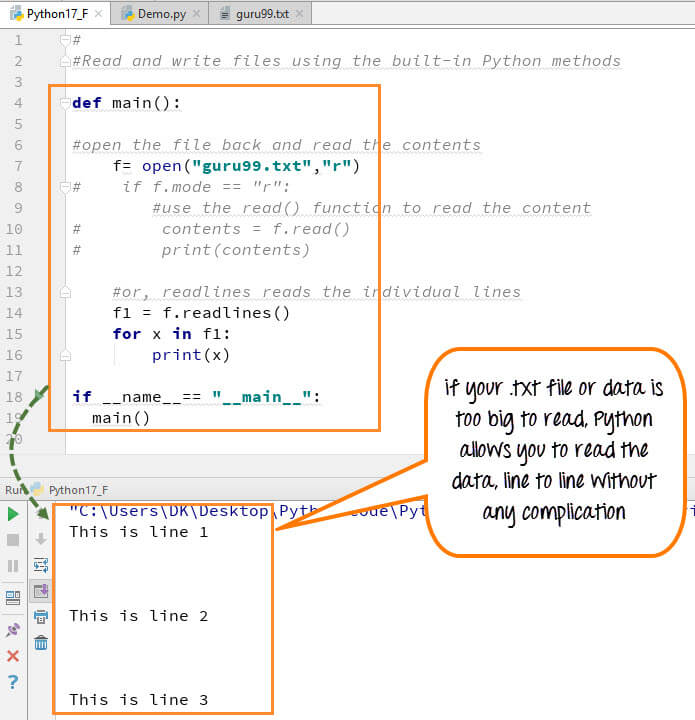How do you loop a Python code?
How do you loop a Python code?
I'd be happy to explain how to loop in Python!
In Python, loops are used to execute a block of code repeatedly for a specified number of times or until a certain condition is met. There are several types of loops in Python: for loops, while loops, and range-based for loops.
For Loops
A for loop is used when you need to iterate over a sequence (such as a list, tuple, or string) and perform an action on each item. The basic syntax for a for loop is:
for variable in iterable:
do something with variable
Where variable is the name given to the current item being processed, and iterable is the sequence you want to iterate over.
For example, let's say you have a list of numbers and you want to square each number:
numbers = [1, 2, 3, 4, 5]
squared_numbers = []
for num in numbers:
squared_numbers.append(num ** 2)
print(squared_numbers) # Output: [1, 4, 9, 16, 25]
In this example, the for loop iterates over the numbers list and assigns each number to the num variable. The code inside the loop squares each number and appends it to the squared_numbers list.
While Loops
A while loop is used when you need to repeat a block of code until a certain condition is met. The basic syntax for a while loop is:
while condition:
do something
Where condition is a boolean expression that determines whether the loop should continue or stop.
For example, let's say you want to keep asking the user for their name until they enter "quit":
name = input("Enter your name (or 'quit' to exit): ")
while name != 'quit':
print(f"Hello, {name}!")
name = input("Enter your name (or 'quit' to exit): ")
In this example, the while loop continues to ask for the user's name until they enter "quit". The code inside the loop prints a greeting message and then asks for their name again.
Range-Based For Loops
A range-based for loop is used when you need to iterate over a specific range of numbers. The basic syntax for a range-based for loop is:
for variable in range(start, stop):
do something with variable
Where start and stop are the starting and ending points of the range.
For example, let's say you want to iterate over the numbers 1-5:
numbers = []
for i in range(1, 6):
numbers.append(i)
print(numbers) # Output: [1, 2, 3, 4, 5]
In this example, the for loop iterates over the range from 1 to 5 and assigns each number to the i variable. The code inside the loop appends each number to the numbers list.
These are the basics of looping in Python! With these types of loops, you can write efficient and readable code that handles complex tasks.
What are the two loops that exist in Python?

I'd be happy to explain the two main types of loops in Python.

1. For Loop
In Python, a for loop is used to execute a block of code repeatedly for each item in an iterable (such as a list, tuple, dictionary, or set). The syntax for a for loop is:
for variable in iterable:
do something with the variable
Here's an example:
fruits = ['apple', 'banana', 'cherry']
for fruit in fruits:
print(fruit)
This code will output each fruit in the list, one by one.
2. While Loop
A while loop is used to execute a block of code repeatedly as long as a certain condition is true. The syntax for a while loop is:
while condition:
do something
Here's an example:
i = 0
while i < 5:
print(i)
i += 1
This code will output the numbers 0 to 4.
Key differences between for and while loops:
for loop is used when you know exactly how many times you want to iterate, whereas a while loop is used when you're not sure how many times you'll need to iterate. In a for loop, the iterable determines how many iterations will occur. In a while loop, the condition determines whether the iteration continues.
Some other important things to keep in mind:
You can also use theenumerate function with a for loop to get both the index and value of each item. With a for loop, you don't need to worry about incrementing an integer variable, as Python will do this for you. With a while loop, you're responsible for updating the condition variable. Both types of loops can be used in conjunction with other control structures (like if and else) to create more complex logic.
Overall, both for and while loops are essential tools in any programmer's toolbox, and understanding how to use them effectively is crucial for writing efficient and readable code.




























